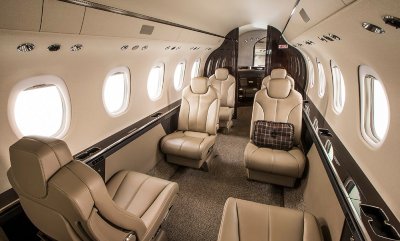My date with the Dreamliner
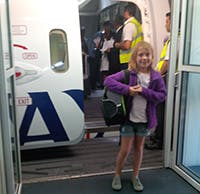
My ex-military contacts so often prove invaluable. Many of my old RAF friends and colleagues are in roles across the aviation industry and I’m lucky enough to enjoy some great experiences and opportunities through these connections.
Last week was a good example. I had the opportunity to have an insider’s view of the Boeing 787 Dreamliner, via a tip off from an old RAF friend, now a British Airways pilot. He also happens to be my daughter’s godfather, so Grace came along too for a flight from Stockholm to London. After landing at Heathrow, Grace and I were lucky enough to be invited into the flight deck.
British Airways are currently using the Dreamliner on some ad hoc short haul European routes, for advanced crew training, before they roll it out for the intended long haul schedules. So it was the perfect opportunity to experience the aircraft.
(I did also wonder if BA are also keen to keep it closer to home – and to maintenance – for a little while longer. The Dreamliner has suffered from a few teething problems since its original launch in 2011 and was subsequently grounded after some operational concerns. These included on board fires caused by its lithium batteries. But revisions were made and it has now been approved to fly again since April this year).
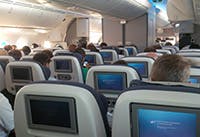
The Dreamliner is, of course, Boeing’s newest long range passenger jet. It seats between 210 and 330 passengers (in its longer 787-9 variant) and is the world’s most fuel-efficient airliner, using 20% less fuel that its predecessor. This efficiency is achieved through a number of high-spec technological developments, including its lightweight composite fuselage.
For passengers, the Dreamliner offers a spacious and airy cabin, and certainly feels sleek and modern. Boeing’s research has shown that passengers expectations were exceeded on many features including lighting, headroom and cabin pressure. But the biggest change is the reduction in cabin noise, it is significantly quieter.
The aircraft flies amazingly smoothly and this is particularly noticeable on the take off roll and early stages of the flight, like a glider the Dreamliner has the sleekest transition from ground to air.
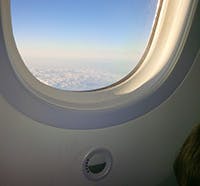
The windows can be darkened at the touch of a button, meaning there is no need for window blinds (another way to save on weight).
They are also oval-shaped, and slightly reminiscent of private jet manufacturer Gulfstream’s distinctive window design, but rotated by 90 degrees.
The Dreamliner takes inspiration from private jets in the cockpit too. Some of the ex-747 flight attendants were keen to tell me how amazing it was – clearly a big design step up from other airliners. Its advanced electrical flight systems are impressive and use 35% less engine power, another way it saves fuel. The all-glass cockpit certainly looks the part, and features the latest avionics by Honeywell and Rockwell Collins.
The equivalent design has been used in private jets for some time. Once again, Gulfstream has been the torchbearer here, with its PlaneView cockpit, with liquid crystal display, paving the way when it launched the G550 in 2003.
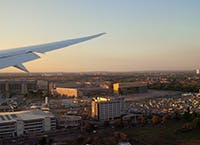
Nevertheless it’s great to see technology improving efficiency in any sector of aviation. The rising cost of fuel is such a dominant issue across the board and the Dreamliner’s fuel-efficiency makes it a compelling choice for global airlines over the next few years.
BA has hopefully timed its entry into service of the Dreamliner perfectly – allowing other airlines to iron out those battery problems. I would certainly take my family flying again on the Dreamliner.
Do you want to fly on the Dreamliner? Here are the next published flights: http://flighttracker.newairplane.com/
Related content

How much luggage can I take on a private jet?
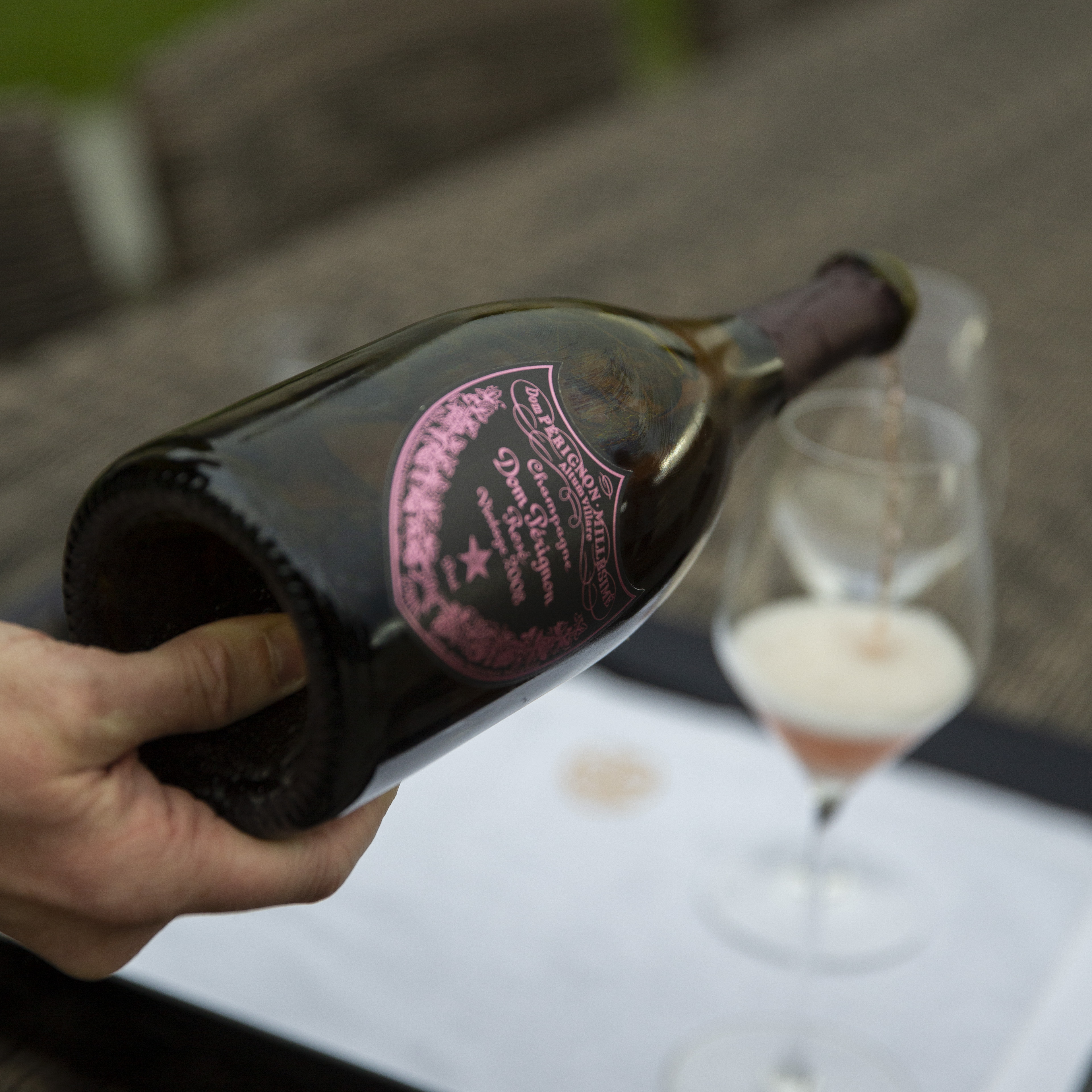
Our latest exclusive Jet Card event at Dom Pérignon Maison
